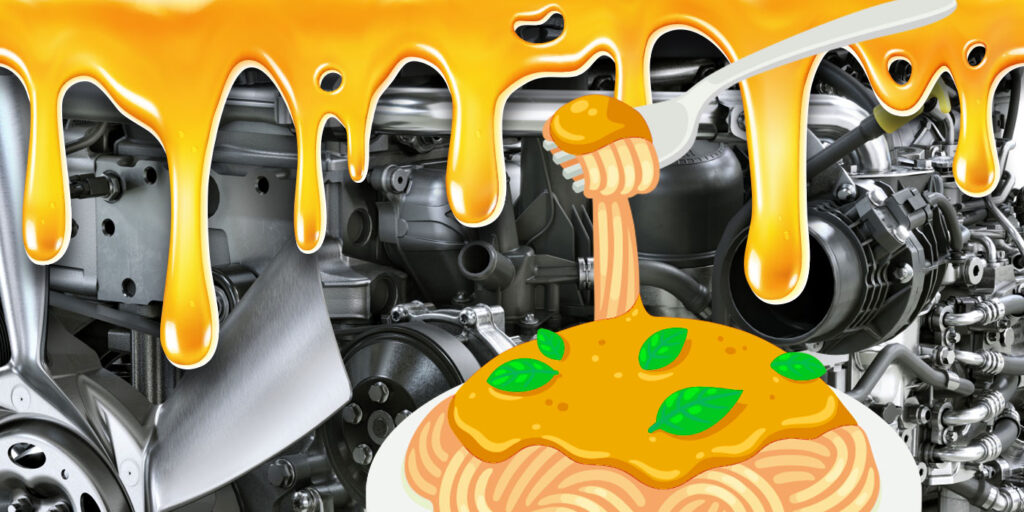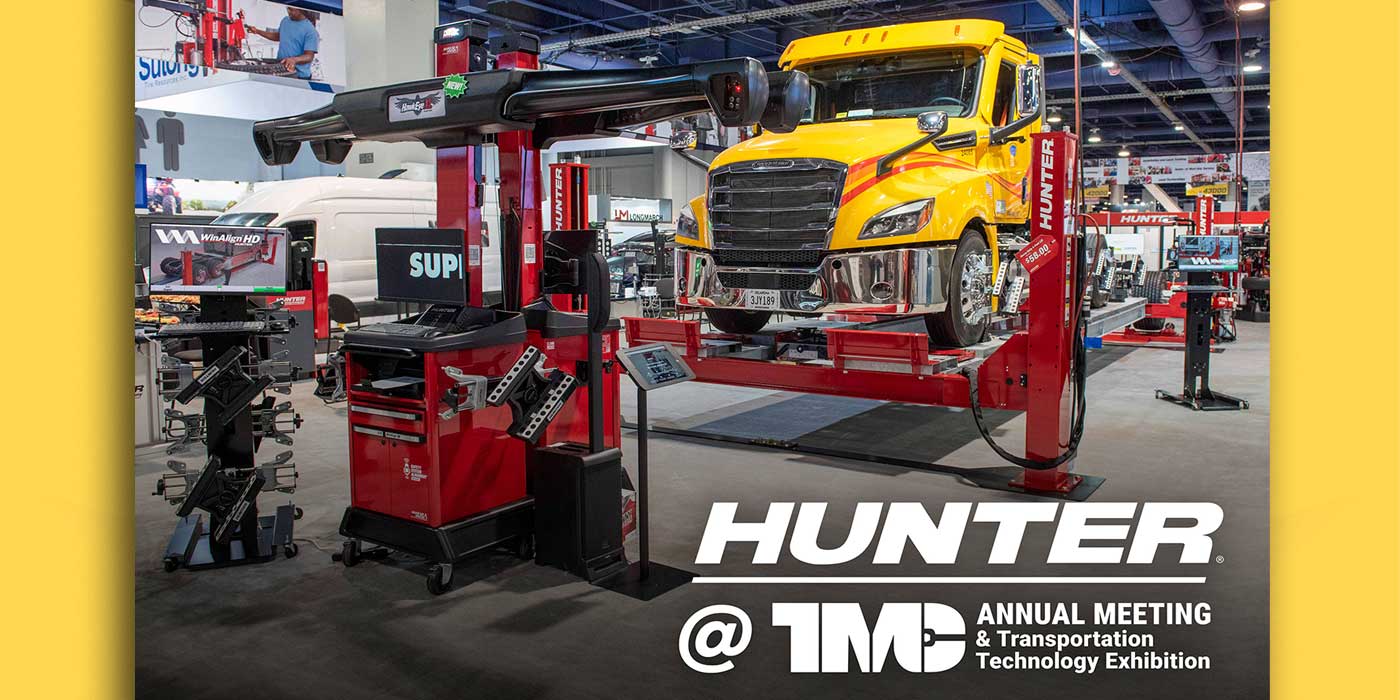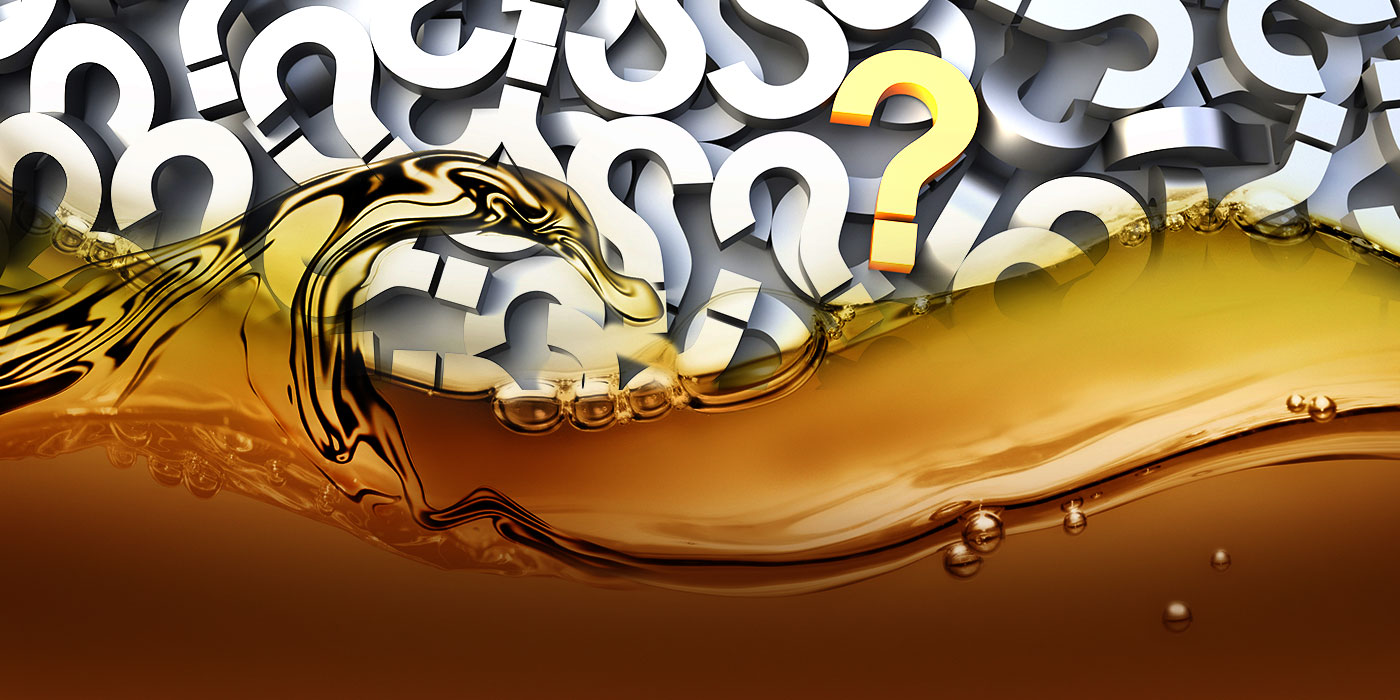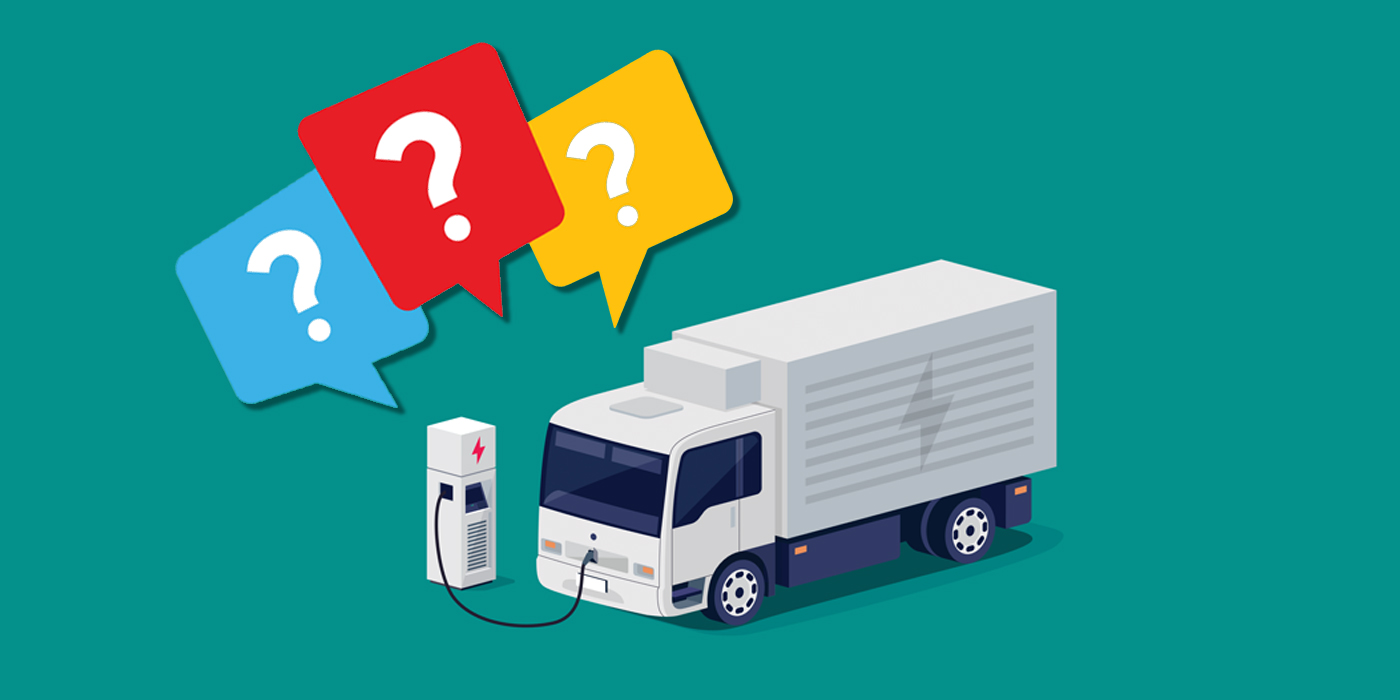Some years ago, shortly after we were married, my wife made spaghetti using her own special recipe. This dish was one of the best plates of spaghetti I had ever experienced. I boldly proclaimed how I could easily eat this spaghetti every night. This experience was the first time I personally learned the truth of the saying: “Be careful what you ask for.”
After about a week of spaghetti dinners, it became apparent that I was not like a mule that could happily eat the same straw for the rest of my life. Not wanting to disappoint my wife, I started to glance at the bowl in the refrigerator to see how much longer I would have to endure the diminishing pleasure of this otherwise fantastic dinner dish.
Imagine my dismay when it appeared that the spaghetti was somehow gaining in volume! How could this possibly be happening? Was my wife’s spaghetti somehow taking on the characteristics of a sourdough starter that would continue reproducing for the next hundred years?
The time had finally come: I needed to let her know that while the spaghetti was indeed wonderful, something else might be nice. When I told her, she let out a sigh of relief. She revealed that she had been adding various components to the spaghetti bowl to replenish what was reduced. The spaghetti was increasing in volume!
What does all this have to do with vehicle service?
Like the sauce that covered the noodles, vehicles use various lubricants at metal-on-metal wear points. The engine is one component dependent on proper lubrication. All engines, no matter how new or old, use some oil. Consequently, daily inspection of the engine oil level is recommended by virtually every manufacturer. Thus, the expectation when checking the oil level, like me checking the spaghetti bowl, is that the level should only go down, not up.
Unless someone is adding oil to the engine (and creating an overfilled situation), if the volume is increasing, then there must be an internal leak from elsewhere in the engine system. There are several points that could cause an increase in the engine oil level.
First, an internal coolant leak will result in an increased oil level. A significant internal coolant leak will result in foaming that often leaves evidence on the oil fill cap as well as on the oil dipstick. However, a minor internal coolant leak may not be as readily apparent, as the crankcase ventilation system removes some of the liquid as it turns to steam. It may be necessary to perform an engine oil analysis to detect the coolant in the engine oil.
Nevertheless, the most common way the engine oil level increases in a diesel engine is through unburned fuel passing by the piston and rings. The unburned fuel may be the result of a leaking injector nozzle, or an injector that allows too much fuel into the combustion chamber.
Another way fuel can enter the oil via the combustion chamber is when the engine temperature is too low. The components that regulate coolant and airflow need to be inspected to see if they are allowing the engine to operate at an inefficient temperature.
Lastly, fuel could be leaking into the lubrication system from an internal fuel line, channel, or gasket if the engine is so equipped.
Ultimately, engine oil is similar to a bowl of spaghetti; it should not reproduce itself. If the level increases, the “extra” is coming from elsewhere. Always check your truck repair information resource, like TruckSeries from Mitchell 1, for information about fluid capacity and specifications.
Additional tips for repair and maintenance of Class 4-8 trucks may be found in the Mitchell 1 ShopConnection Truck blog.














